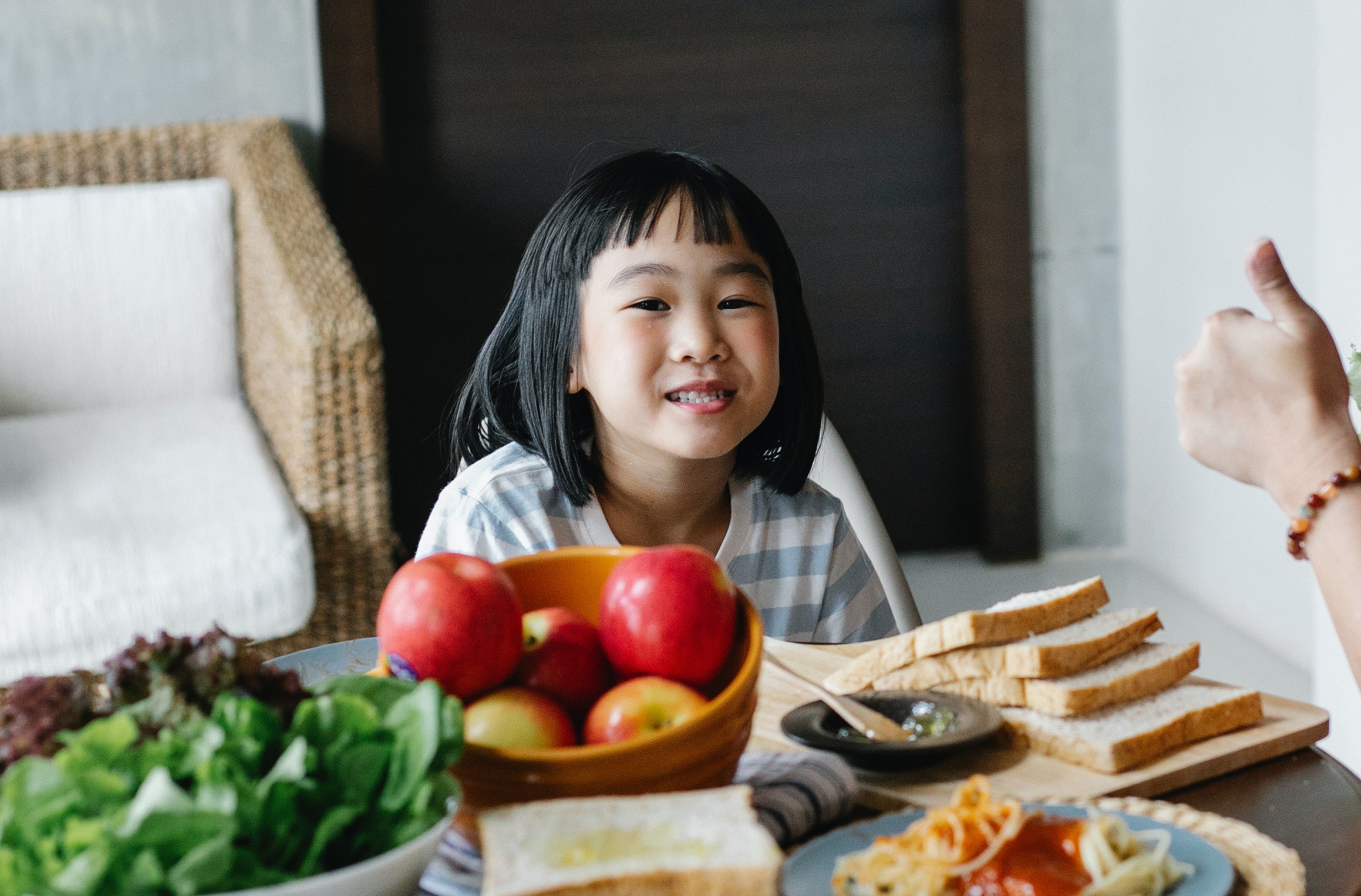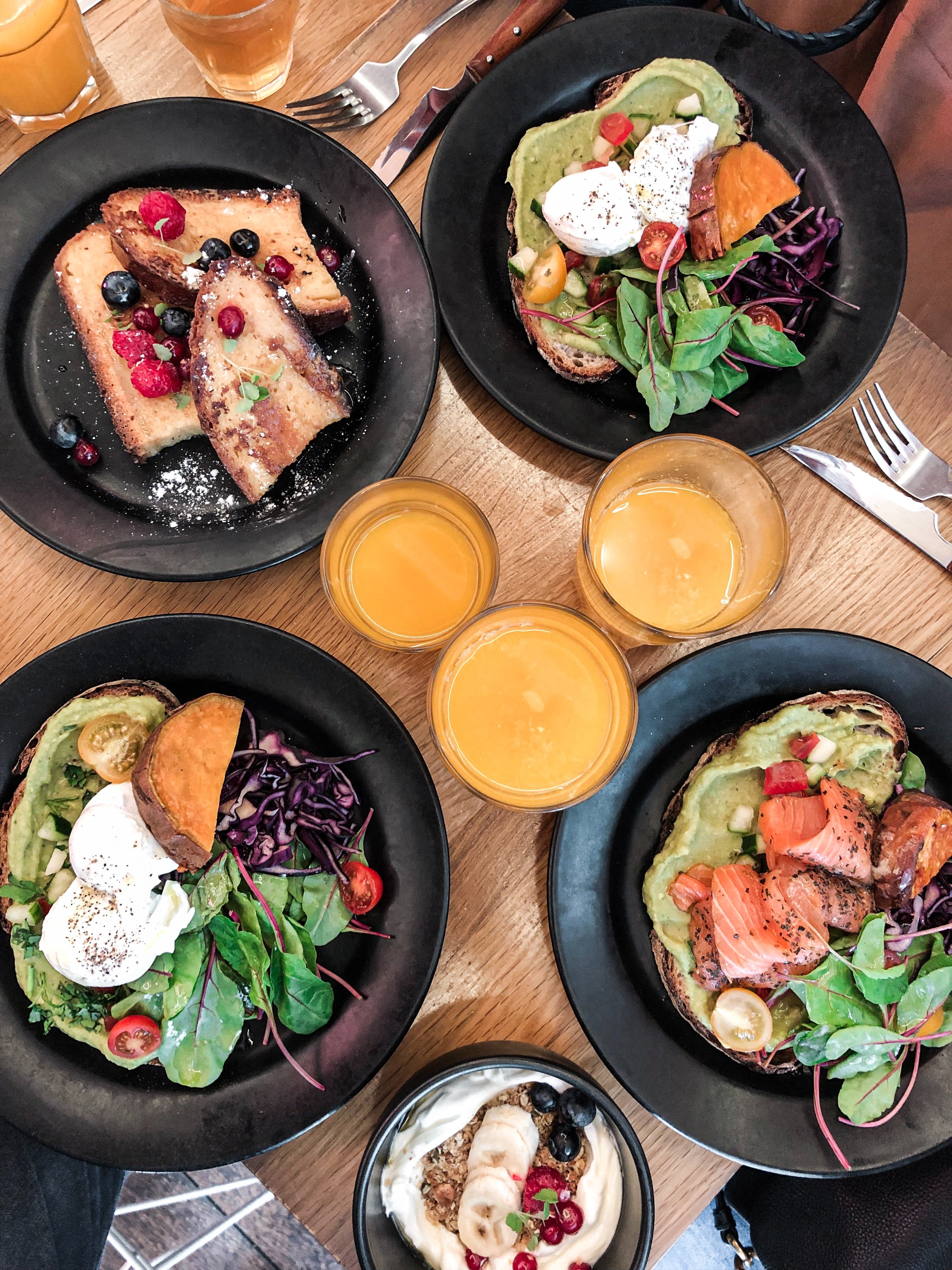As our kids move on from pre-school to primary school, they now have to cope with a different daily curriculum that is minimally four hours long. Not forgetting some parents may sign up kids for private tuition or co-curriculum classes.
A combination of academic subjects and physical education substantially increases their activity level, both mentally and physically. In addition, with more time away from home and out of out sight, they have opportunities to choose what to eat on their own.

During this critical developmental phase, we want our kids to be eating right. What should we look out for, and how do we ensure they are not missing out on what they need for optimal growth?
1. Physical education in primary school is more high impact and demanding. Sport and games are more varied, exposing our children to coordinated and team activities, and require them to better comprehend and follow instructions. This increased physical activity level is necessary during childhood to maximise bone mass, strengthen muscles and boost flexibility.
What is good for our kids?
- Calcium builds strong bones and teeth, well worth paying attention to from childhood to avoid bone density issues in adulthood.
Try: milk, cheese, green leafy vegetables - Carbohydrates and good fats provide energy for physical activity, as well as for growth.
Try: whole grains, potato, nuts, avocado, salmon
2. The structured curriculum and fixed duration challenge our kids� stamina. These also call for our kids to stay alert and focused over a longer period of time, giving rise to possibility of increased fatigue.
What is good for our kids?
- Start their day with some breakfast, to boost their concentration in class. Skipping breakfast has been found to have adverse effects on both general energy levels and cognitive abilities in school children.
- Iron helps our body deliver oxygen to cells and supports brain development and growth. A deficiency can result in anaemia, giving rise to constant tiredness, paleness and headaches.
Try: beef, chicken, mussel, sardine. - Glucose enhances cognitive functioning, to focus in class and cope with schoolwork.
Try: good carbohydrates which our bodies convert to glucose.
3. Growth spurts are expected during primary school age. Not only should we ensure our kids eat enough and right, we need to provide well-balanced and healthy meals to meet their nutritional needs.
Other than the nutrients mentioned above, what else is good for our kids?
- Protein builds, maintains and repairs body tissue.
Try: egg, almond, lentils, tofu, tuna. - Fibre, along with sufficient water intake, prevents constipation which is common in children coping with new challenges and stress in school.
Try: fruits (such as apple, blackberry, pear and strawberry), chia seed, carrot.
4. Mentioned earlier, our kids having more time away from home gives them opportunity to eat what they want, along with it the chance to develop poor eating habits. Couple this with genes and some parents may end up with another challenge � obesity in children.

How can we help our kids?
- Allow healthy snacks beyond their main meals. By controlling the frequency and type of snacks, we reduce the possibility of them eating what they want on their own, in turn avoiding a loss of appetite during meals.
- Introduce them to healthier food options, instead of expecting them to stay away from junk food totally or immediately.
- Minimise free sugars (found in carbonated drinks, cakes, sweets, etc.) and limit salt and saturated fats (such as fried and fast food), which are common temptations for children.
Lastly, parents can and should set a good example for our kids. Being on the same mission of healthy eating and active lifestyle spells a higher chance of success, as a family.
Related reading:
What is good nutrition and why is it important?
Nutritious lunchbox ideas for your school-going child
Looking for more related reads? Here are our recommended ebook titles from National Library Board:
For young readers:
-
Plants Feed Me by Lizzy Rockwell
-
Choose Good Food!: My Eating Tips by Gina Bellisario
-
Grover's Guide to Good Eating (for 4 to 6 year olds) by Naomi Kleinberg
-
Which Food Will You Choose? (for 4 to 6 year olds) by Claire Potter and Allie Busby
For parents:
-
The Best and Lightest: 150 Healthy Recipes for Breakfast, Lunch and Dinner by editors of Food Network Magazine
-
Healthy Eating for Children by Mandy Francis





![ActiveSG Academies and Clubs Logo (Solid Colour)[8647]](https://www.activesgcircle.gov.sg/hs-fs/hubfs/ActiveSG%20Circle%202023Theme/images/ActiveSG%20Academies%20and%20Clubs%20Logo%20(Solid%20Colour)%5B8647%5D.png?width=150&height=65&name=ActiveSG%20Academies%20and%20Clubs%20Logo%20(Solid%20Colour)%5B8647%5D.png)



-01.png?width=200&height=141&name=Team%20Singapore%20Logo%20(Red)-01.png)












.png?width=250&height=250&name=CCE%2024%20April%20Coaching%20as%20a%20way%20of%20Life%20From%20(400%20x%20400%20px).png)



